Founded 1777 | 1777–1795 Luo Fangbo Founding 1777 Capital Pontianak Date dissolved 1884 | |
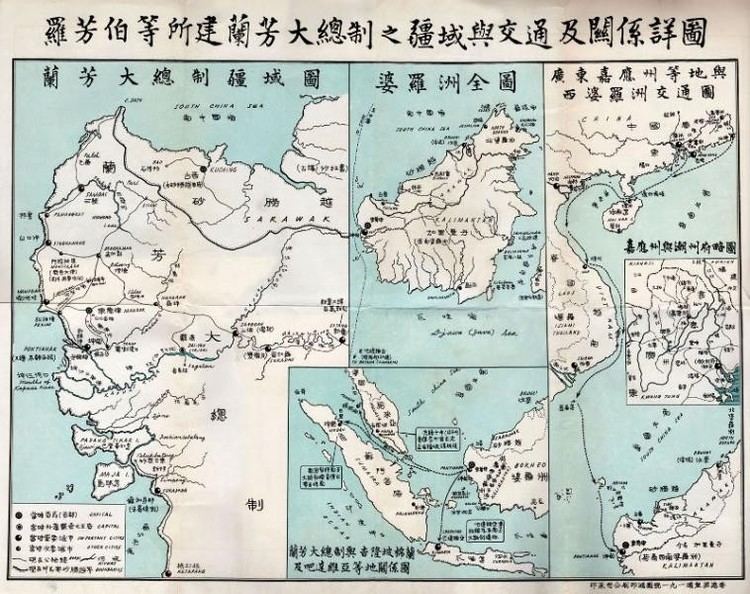 | ||
Government Presidential republicKongsi federation | ||
The Lanfang Republic (Chinese: 蘭芳共和國; pinyin: Lánfāng Gònghéguó, Pha̍k-fa-sṳ: Làn-fông Khiung-fò-koet) was a Chinese state and kongsi federation in Western Borneo. It was established by a Hakka Chinese named Luo Fangbo (羅芳伯) in 1777, until it was ended by Dutch occupation in 1884. It was one of many tributary states of Qing China. Lanfang Republic is one of the early modern republics in the world.
Contents
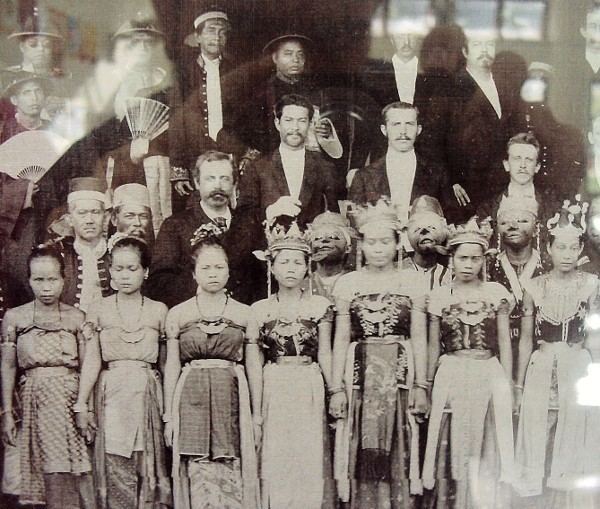
Arrival of the Chinese
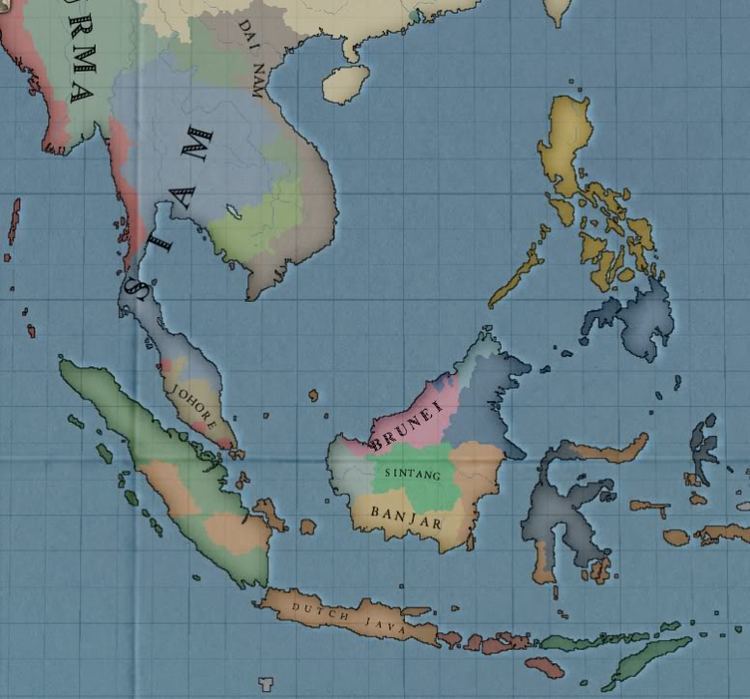
The sultans of Western Borneo imported Chinese laborers in the 18th century to work in gold or tin mines. A number of mining companies (kongsi) enjoyed some political autonomy, but Lanfang is the best known thanks to a history written by Yap Siong-yoen, the son-in-law of the last kapitan of the Lanfang kongsi, which was translated into Dutch in 1885. None of the other Chinese mining settlements in western Kalimantan left written accounts (Heidhues 2001:169).
Rule of Luo Fangbo
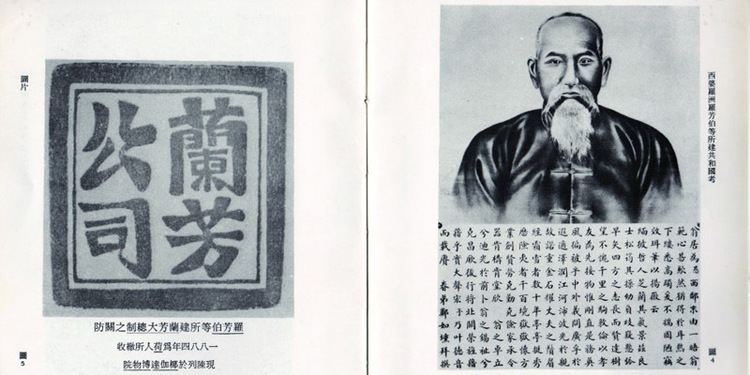
The founding father of the Lanfang Republic was Luo Fangbo, who hailed from Meizhou in Guangdong Province. Chinese settlers have long lived in Borneo island, with most engaging in trading and mining. They formed their own companies, among which was the Southern Company headed by Luo.
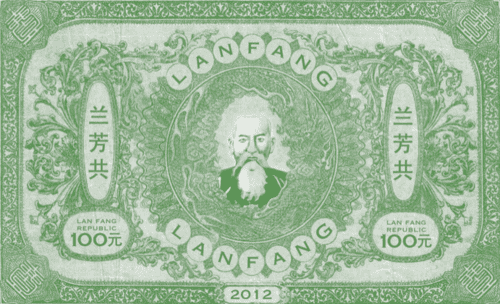
As Dutch imperialism encroached upon modern-day Indonesia, Luo established the Lanfang Republic in 1777 (with its capital in East Wanjin) to protect the Chinese settlers from Dutch oppression. The settlers subsequently elected Luo as their inaugural president. Luo implemented many democratic principles, including the idea that all matters of state must involve the consultation of the republic's citizenry. He also created a comprehensive set of executive, legislative, and judicial agencies. The Republic did not have a standing military, but had a defense ministry that administered a national militia based on conscription. During peacetime, the populace mostly engaged in farming, production, trading, and mining. Lanfang's administrative divisions included three tiers (province, prefecture, and county) with the people electing leaders for all levels. Lanfang was allied with Sultan Abdurrahman of the Pontianak Sultanate.
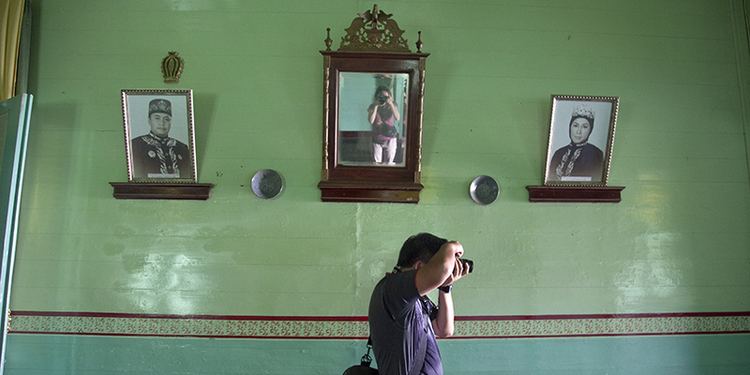
Although Luo discarded the ancient institutions of monarchism and dynastic succession, he continued to adhere to many Chinese traditions. For example, he established the founding year of the republic as the first year of the calendar. Moreover, he submitted a report to the Chinese emperor notifying him about the Republic's founding and paid tribute to the Chinese Qing Empire.
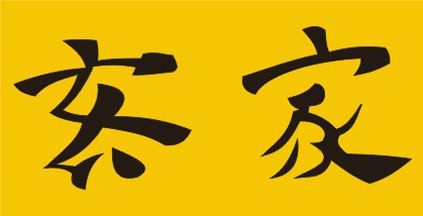
Luo served as head of state until his death in 1795. Afterwards, Lanfang citizens elected Jiang Wubo (江戊伯) as their next president. Lanfang citizens elected a total of twelve leaders, who helped improve agricultural techniques, expand mine production, develop cultural education, and organize military training. These measures allowed Lanfang to increase its wealth and power, which encouraged the non-Chinese indigenous population to pledge their allegiances to Lanfang.
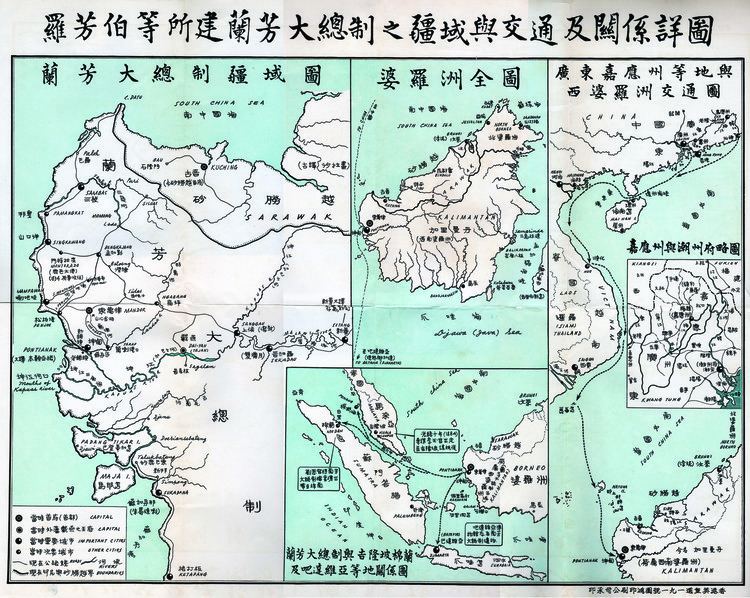
Although the Republic had both ethnic Chinese citizens (numbering in the tens of thousands) and indigenous subjects (numbering in the hundreds of thousands), the ethnic Chinese were the only ones who voted in presidential elections. Thus, Luo would not dare call himself a king in front of the ethnic Chinese citizens, but was not afraid to do so in front of his indigenous subjects.
Dutch conquest
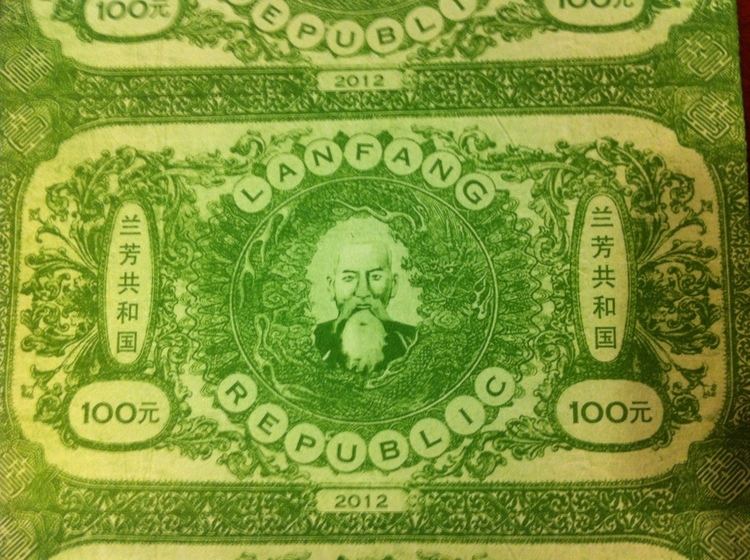
In the mid-to-late 19th century, the Chinese Qing Empire weakened substantially and became increasingly unable to support the Lanfang Republic as its vassal state. Thus, Lanfang Republic's vigorous development suffered from the eventual expansion of the Dutch. The Republic's citizenry waged a tenacious resistance, but ultimately failed due to poor weaponry. Lin Ah Sin was the last leader of Lanfang. Many of Lanfang's citizens and their descendants made their way to Sumatra or Singapore, which subsequently became another ethnic Chinese republic in Southeast Asia. The three campaigns waged by the Dutch East Indies Army against the Chinese kongsi, called the Kongsi Wars, were:
This last one resulted in the subjugation of the Chinese and the loss of autonomy.
Wary of Qing intervention, the Dutch did not openly annex the Lanfang Republic, and created another puppet regime. It was not until 1912, when the Qing Dynasty collapsed, that the Dutch proclaimed their occupation.
